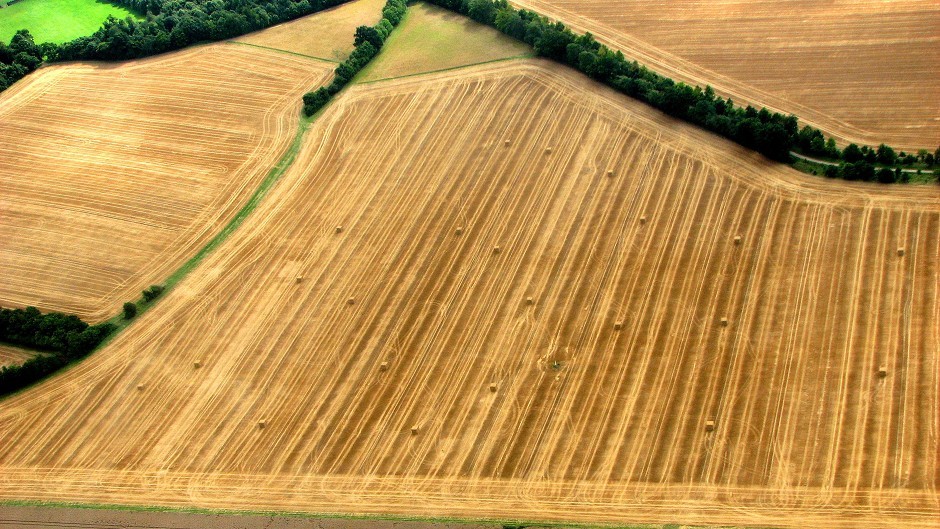The tricky and often acrimonious business of conducting rent reviews has been tackled in a new code of practice from Scotland’s tenant farming commissioner Bob McIntosh.
The Scottish Land Commission says the code is designed to help tenants and landlords reach agreement in a transparent and objective way, and not in a “take it or leave it” approach.
It sets out the key principles that should underpin a rent review; the relevant factors that should be considered and those that should be disregarded; offers guidelines on how to initiate and conduct a rent review; outlines a suggested timetable for negotiations; and gives details on the sources of evidence that should be used to underpin a review.
It also includes suggestions on how to resolve disagreements between the parties and how to make a complaint if the code is breached.
Mr McIntosh said the aim of a review is to determine the rent at which the holding might reasonably be expected to be let in the open market by a willing landlord to a willing tenant after taking account of certain factors.
He added: “The new code offers a series of practical steps to follow, to ensure rent reviews are evidence-based and conducted fairly to reach an outcome that’s reasonable to both parties.”
The code was welcomed by NFU Scotland, but it didn’t go far enough for the Scottish Tenant Farmers Association (STFA), which said recommendations for a revitalised review system had been incorporated in the Land Reform Act, with the intention to replace the market driven formula for determining rents with one based on the productive capacity of the farm.
STFA chairman Christopher Nicholson said: “We are very disappointed the Scottish Government decided not to proceed with implementing changes to the rent test.
“We remain adamant that continuing with the status quo cannot be an option.
“We welcome Cabinet Secretary Fergus Ewing’s commitment to continuing with the quest to redesign a new rent test and Bob McIntosh’s new code of practice which not only details the rent review process to be followed, but also emphasises key principles in rent negotiations which are so often conveniently forgotten, especially by landlords’ agents.”










